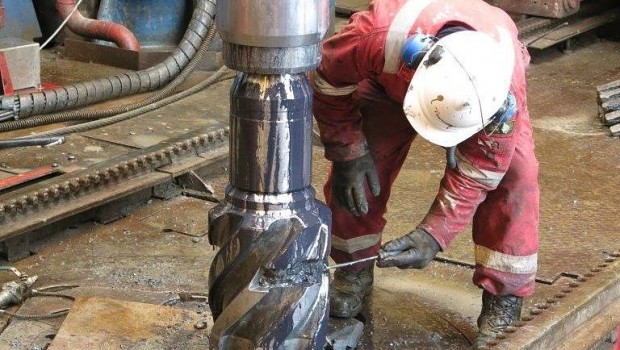In summary
- Mining sector accounted for just 6.2% of foreign direct investment (FDI) that landed in Africa last year.
- Capital investment was primarily driven by capital-intensive projects in real estate, hospitality and construction
- South Africa remains the continent’s leading FDI destination
- US continues to be the leading investor in Africa accounting for 13.5% of inward investment projects.
The latest report released by consultancy firm EY has revealed that contrary to the past, Africa’s mining potential is no longer the main attraction for foreign capitals wanting to invest in the continent.
The “Africa Attractiveness” report notes that the mining sector, including industrial and precious metals, coal, oil, as well as natural gas, collectively accounted for just 6.2% of foreign direct investment (FDI) that landed in Africa last year.
The report observes that capital investment was primarily driven by capital-intensive projects in real estate, hospitality and construction as well as transport and logistics. The continent’s share of global FDI capital flows increased to 11.4% from 9.4% in 2015. This made Africa the second-fastest growing FDI destination by capital, EY says.
More than one fifth of FDI projects and more than half of capital investment into Africa came from Asia-Pacific in 2016, an all-time record, which EY says it’s a clear sign of the ongoing diversification of investors interested in the continent.
The report observes that capital investment was primarily driven by capital-intensive projects in real estate, hospitality and construction as well as transport and logistics.
The analysts attribute the small figure corresponding to mining to a broadening of greenfield FDI projects beyond the extractive sectors, with most of the money (58%) flowing to the so called “hub economies” — South Africa, Egypt, Morocco, Nigeria and Kenya.
South Africa remains the continent’s leading FDI destination, when measured by project numbers, increasing 6.9%. Morocco regained its place as Africa’s second largest recipient with projects up by 9.5%, followed by Egypt, which attracted 19.7% more FDI projects than the previous year.
However, EY says there are new clusters emerging in the continent, being the Francophone and East African markets of particular interest to investors.
Cote d’Ivoire is encouraging investors by its strong focus on developing infrastructure and improvements in the business environment following years of political uncertainty. They also noted that Ghana, West Africa’s second largest economy, remains a key FDI market.
“Most East African economies continued to grow strongly in 2016, with Kenya, Tanzania, Uganda, Rwanda and Ethiopia all among the fastest growing on the continent,” reads the report in part.

